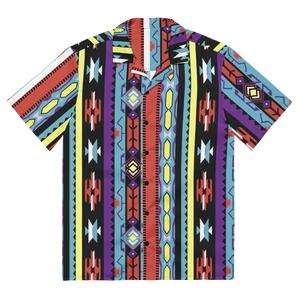
Let me introduce you: Chris, welcome to Los Angeles
Howdy! I’ve been living here for a decade or so and I’ve picked up a lot of new info. I’m a slow learner. I’m feeling kinda friendly, so I’m gonna share:
Metro
Not “THE Metro,” it’s just “METRO.” It rhymes with “assault” and “dead-fentanyl-addict.” And “urine.” It is also fairly efficient considering the area it has to cover. But not for everyone.
You can take it to Universal Studios from anywhere. And at Universal Studios, they had a ride-through “event” based on the Earthquake movie (starring Charlton Heston and a shit ton of other celebs.
So, some sick fucks thought that “having fun” on top of an active fault was OK. I was terrified at age 11 (thanks, Dad).
les Natural Disasters
Wherein, Kylie Minogue Dies a Horrible Death, The (ex)Standard Hotel Falls Apart Quicker than it Actually Did and Our Heroine Almost Perishes and is asked “Are you OK?”
We all know the drill: drink-and-lounge, duck-and-fuck, buckle-up, ride-er-out, save-the-booze-bottle. Hi, CVS? Emergency refill of my standing benzo Rx.
Doesn’t really matter. We’re fucked. I personally ran to a liquor store during the latest one and they were open (love BUZZ)! I had to walk up eight motherfucking stories of stairs because the elevator was a fucking pansy and automatically cut off. Fucking gay elevator. MAN UP! Bitch.
I am not the first to bring this up, but I AM the first to personally aver that we had a (weak-ish) 5.3 WHILE having a HURRICANE. Not many places can lay claim to that. Nope, sorry Texas, Florida and North Carolina, you suck. And that was without fracking (staring at you, Oklahoma). Talk to me about fear, I EAT earthquakes! I did back-to-back 6.7s. ON JULY 4TH! Fuck you, Florida and “OathKeeper” Assholes. God Bless America. Also, shit I’ve lived through here during my residency:
- dam burst
- methane leaks
- toxic battery spills into a daycare center
- plane crashes
- firestorms
- santa ana winds + firestorms
- mudslides
- hail
- tsunamis
Downtown
I live in DTLA and am damn proud of it. Like a survivor of a war battle. I really don’t need to add much, so I’ll just present: KABC Eyewitness News. When News Break, They Jus’ Be Runnin’
Multiculturalisms
LA loves to say that it’s one of the most diverse cities in the world. It’s not. That award goes to Toronto, ONT (heyo to our buds the T.O. to the North n’ shit)
LA: it is insanely segregated. Koreatown? Holy shit. Compton (don’t mix the two). Burbank or Beverly Hills? “Beverly Adjacent?” What about Thaitown? No one lives there except by being vetted by genealogy. Compton, South Central? No one lives there based on skin color. Downtown? Nope… it’s a collection of cordoned off camps. Disagree? Try boarding a bus and see how far you get based on your skin color and accent.
Education
…
NIghtlife / Fun Shit
Just $1K. An hour. We accept cash. That’s it. U$D only.
Wanna live here?
IKR! Sun and cute boys and awmigawd it SO perfect! It’s like Barbie and Oppenheimer had a baby and I’m the car! But I really want to produce/direct/fuck/escape/5150/get wasted, um, I’m sorry, do I know you?
Soulless and vacuous, just like the housing market and its mechanizations:
Let’s Go!
I have a spare futon and hot water.














































































































